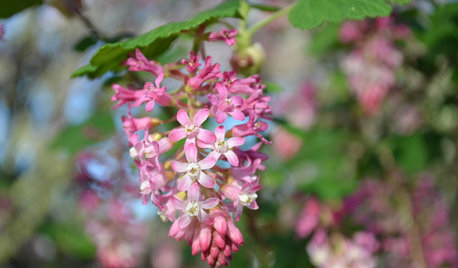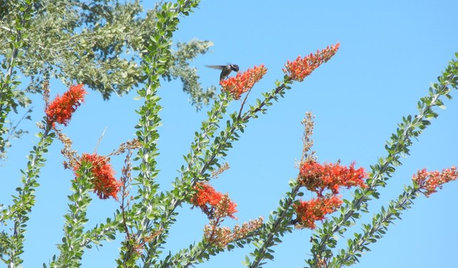thorny plants for access control
rolf_jacobs
14 years ago
Related Stories

LANDSCAPE DESIGNErosion Control for Your Seaside Garden
Learn how to protect the soil and plants on your shoreline for a beach landscape that lasts
Full Story
BATHROOM DESIGNPrivate Access: 12 Bathroom Windows That Reveal Only the Views
Be hidden but not hemmed-in with a strategically placed bathroom window that brings an outdoor view but not prying eyes
Full Story
NATIVE PLANTSGreat Design Plant: Wild Bergamot, Friend of Foragers
Nourish butterflies and other winged creatures with the tubular flowers of Monarda fistulosa, a pretty pink native
Full Story
ARBOR DAY8 Reasons to Plant a Great Tree
Beauty is its own reward, but the benefits of planting the right tree in the right place go way beyond looks
Full Story
GARDENING GUIDESGreat Design Plant: Knock Out Roses
As glorious as their high-maintenance kin for a fraction of the work, Knock Out roses make even beginners look like garden stars
Full Story
GARDENING GUIDES6 Plants That Beat Butterfly Bush for the Wildlife Draw
It's invasive, a nonnative and a poor insect magnet. Check out these better alternatives to butterfly bush in the garden
Full Story
GARDENING GUIDESGreat Design Plant: Feed Wildlife With Flowering Currant
Blossoms and berries make this plant irresistible to birds, bees and other critters — and a treat for the eyes too
Full Story
GARDENING FOR BUTTERFLIESGreat Design Plant: Ocotillo for High-Reaching Flair
Add a dramatic accent to a dry landscape with this striking desert plant silhouetted against the sky
Full Story
GARDENING FOR BUTTERFLIES3 Ways Native Plants Make Gardening So Much Better
You probably know about the lower maintenance. But native plants' other benefits go far beyond a little less watering and weeding
Full Story
GARDENING GUIDES10 Top Native Plants for the U.S. Southeast
For a low-maintenance and wildlife-friendly landscape, use Southern natives that withstand heat and humidity
Full Story





Iris GW
louisianagal
Related Professionals
Belmont Landscape Architects & Landscape Designers · Harrison Landscape Architects & Landscape Designers · Marina Landscape Architects & Landscape Designers · Columbine Landscape Contractors · Dinuba Landscape Contractors · Duarte Landscape Contractors · Galveston Landscape Contractors · Lyndhurst Landscape Contractors · Merced Landscape Contractors · New Brighton Landscape Contractors · South Farmingdale Landscape Contractors · Twin Falls Landscape Contractors · Wayland Landscape Contractors · Reisterstown Landscape Contractors · Hawaiian Gardens Landscape Contractorsmarlingardener
Donna
rolf_jacobsOriginal Author
Iris GW
dottie_in_charlotte
dottie_in_charlotte
fernaly
redchigh_guppy
buford
vicki7
rfonte649
tsmith2579
dottie_in_charlotte
sylviatexas1
wally_1936
sylviatexas1
jay_7bsc
fluffybutt